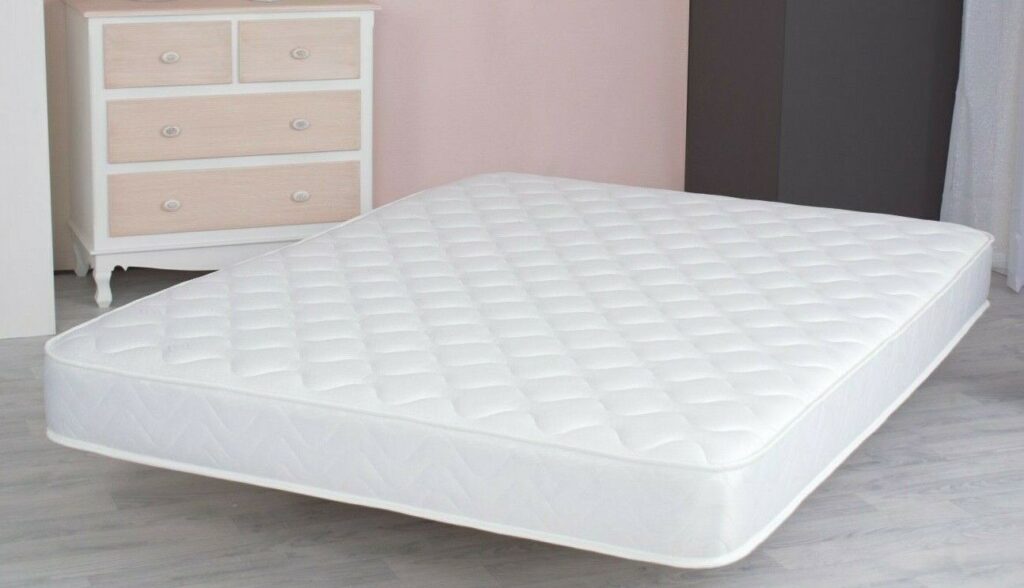In the pursuit of a restful night, humanity has come a long way from the days of sleeping on leaves or animal skins. The mattress has evolved into more than just a place to rest; it’s a platform for health and wellness. This evolution reflects the changing dynamics of comfort, technology, and the human need for sleep. Today’s mattresses are the result of centuries of innovation, each layer telling a story of comfort and science coming together to cradle us into slumber.
The early mattresses, filled with natural materials like straw, feathers, or horsehair, paved the way for more sophisticated designs. People sought materials that could provide a softer surface while still offering support to the body. Cotton became a popular filler, as it was both soft and supportive. However, these early mattresses had a significant drawback – they needed frequent replacement as the organic materials would compress over time or become home to pests.

With industrial advancements came the innerspring latex mattress malaysia, a design that introduced a new era of support and durability. The introduction of these springs meant that mattresses could maintain their shape and firmness for much longer, revolutionizing the concept of comfort in the bedroom. This innovation was a game-changer, providing a bounce and firmness that was not possible with the natural fillings of the past. For decades, the innerspring mattress reigned supreme in households, adapting with improvements in coil technology and padding materials.
In the modern era, the quest for the perfect mattress has spurred a variety of materials and technologies. Memory foam, created initially for NASA airplane seats in the mid-1960s, became a consumer favorite for mattresses in the 1990s. It offers a personalized sleep experience by contouring the body, reducing pressure points, and absorbing movement. Alongside memory foam, latex mattresses also surged in popularity, offering a more responsive and often more eco-friendly alternative. These materials have allowed mattresses to cater to individual sleep preferences like never before.
However, as the options expanded, so did the realization that there is no one-size-fits-all solution for sleep. This led to the rise of customizable mattresses and the ability to choose different levels of firmness, or even different materials, for each side of the bed. Couples no longer had to compromise on comfort, and individuals could fine-tune their sleep environment to suit their specific needs. This customization is not just a luxury; it’s a response to the growing awareness of the importance of sleep on overall health and well-being.
In the digital age, buying a mattress transformed once again. The introduction of the bed-in-a-box model simplified the purchasing process and expanded consumer access to high-quality mattresses. These mattresses, typically made of memory foam or hybrid materials, could be compressed, rolled, and shipped directly to customers’ doors. This convenience shook the traditional mattress retail model, allowing customers to bypass the overwhelming showroom experience and select a mattress from the comfort of their homes.



